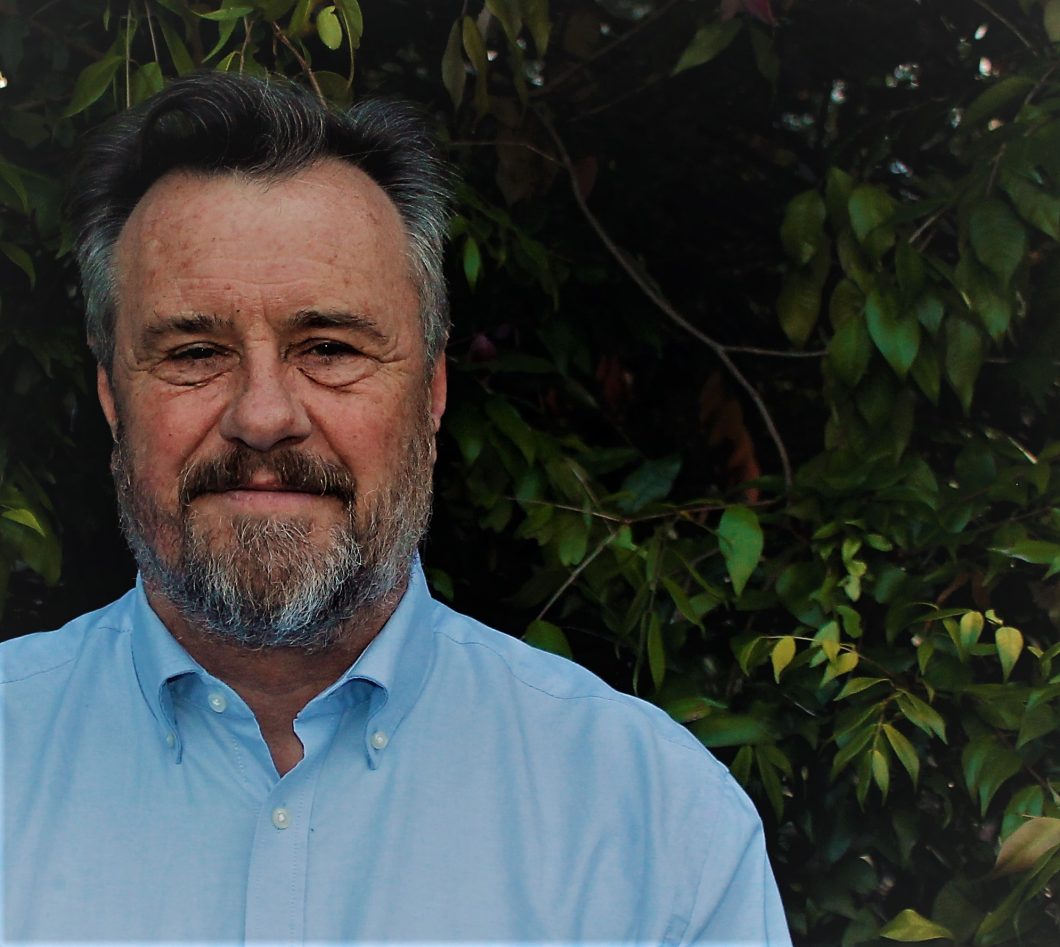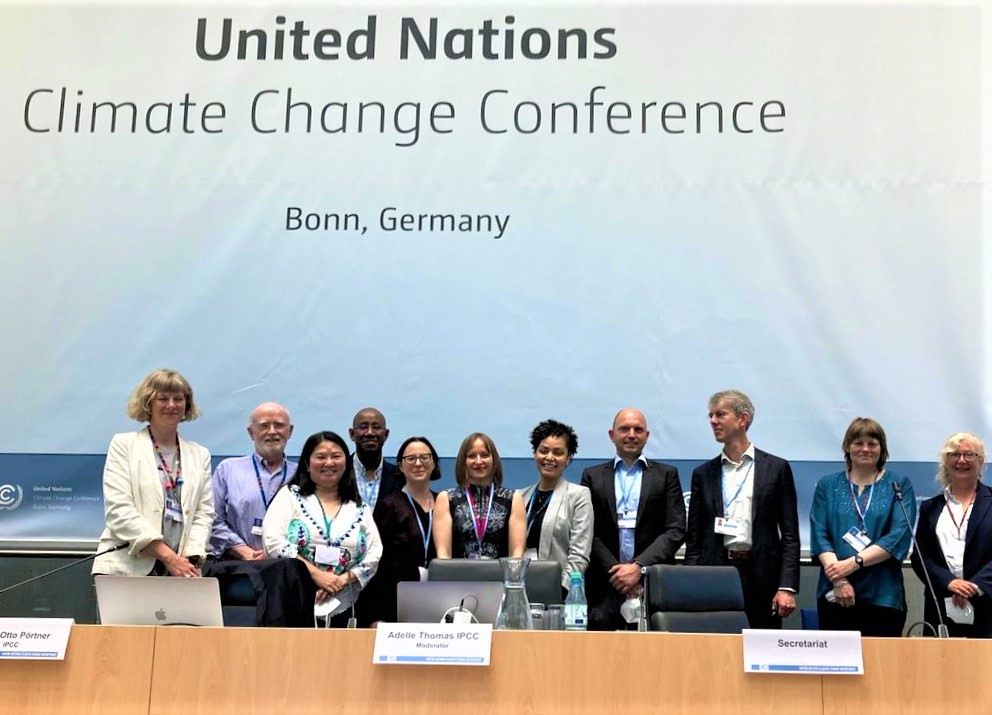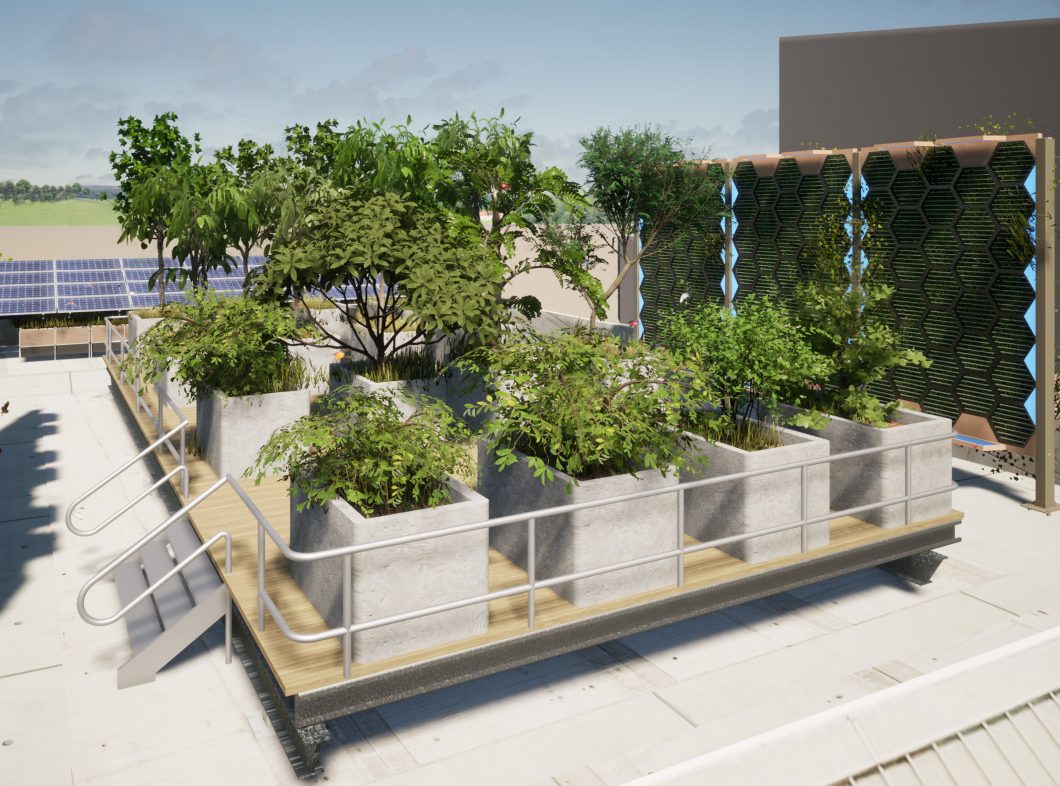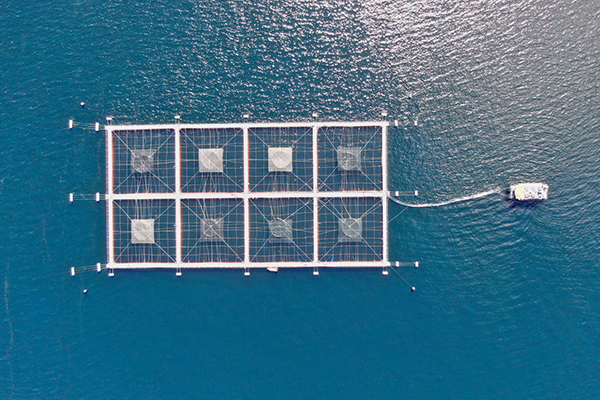Written by Professor Paul Burton, Director Cities Research Institute, Griffith University
The Gold Coast is an extraordinary city, one of the fastest growing in Australia and one that didn’t exist a century ago. It’s been described as an adolescent city: experiencing some growing pains, self-confident one moment and struggling with its identity the next. I’ve worked here for just over fifteen years and it never ceases to amaze me in all sorts of ways.
For the last five years I’ve had the privilege of leading the Cities Research Institute (CRI) at Griffith University. We were created to harness the talents of the extraordinary range of experts at Griffith who carry out research on all aspects of city life and processes of city development. And we’ve developed very close and productive partnerships with a range of other organisations, including the City of Gold Coast and the Queensland government, and with other universities around the world.

COMPLEX CITIES
While cities have been around for thousands of years, modern cities are becoming ever more complex. The ways in which we move about our cities, live, work and play in them are all changing and the pace and scale of these changes is sometimes exciting and inspiring and at other times confronting and disturbing.
CRI researchers look to support this inspiration and excitement while trying to help understand the anxieties that sometimes accompany rapid change and growing pains. In much of our work we focus on the Gold Coast, but we often compare developments in the city with those in other places, especially with other cities in the Asia-Pacific region. We also strive to share what we learn about our city with others in Australia and beyond.
Sharing knowledge
A good example of someone who shares her knowledge of how we adapt to climate change with a global audience is Dr Johanna Nalau, who leads the Adaptation Science research group in the CRI. Johanna came here, from Finland, to do research for her PhD on community engagement in adaptation work and served recently as a Lead Author for the IPCC’s 6th Assessment report on Small Islands and is the Science Committee Co-chair of the World Adaptation Science Program at the UN.
Associate Professor Shannon Rutherford and Dr Aaron Bach are building on earlier work with Bangladeshi garment factory workers, to develop new ways of helping older Australians cope with heat stress in our suburbs, and have attracted support from the Wellcome Trust, one of the largest non-governmental supporters of scientific research in the world.

And closer to home, Dr Tony Matthews and Dr Ruby Michael – founder of the marvellously named Green Infrastructure Research Labs (GIRLS) – have been working with a major Brisbane property developer to test exactly which plants and growing materials are best suited to new ‘green buildings’.
MULTI-DISCIPLINARY RESEARCH FOR COMPLEX PROBLEMS
While we all sometimes hope that a silver bullet solution might be found for the most pressing problems facing our cities, we know that these pressing problems are invariably very complex and need multifaceted solutions.
For example, the serious problem of housing affordability is not simply caused by a shortage of land for housing, nor would it go away if development applications were processed in very short time frames. We always need to look at the environmental and social impacts of releasing more land for housing on the fringes of our cities and there can be serious consequences if we don’t do this in a thoughtful and evidence-based way.

That is why we have been working closely with the City of Gold Coast for some years to help develop and apply the urban growth models that underpin the city’s infrastructure plan, because we know that a lack of suitable infrastructure only adds to the growing pains of the city.
In many of our research projects we’re able to bring together experts from a range of disciplines: urban and environmental planners, civil and coastal engineers, marine biologists and environmental scientists and, of course, architects and urban designers. For example, Associate Professor Cara Beal – an expert in environmental health and water management – is about to start work with Professor Rodney Stewart – a civil engineer specialising in digital innovation in infrastructure management – on a project to co-design new water and energy management systems in Indigenous communities.

And Professor of Architecture and founder of our Sea Cities Research Group, Joerg Baumeister is working with a team of civil engineers to design and build new structures for farming fish in more sustainable ways.
WANT TO EXPLORE NEW OPPORTUNITIES IN CITIES RESEARCH?
The Griffity University Cities Research Institute works collaboratively with innovative companies, community groups, and governments at all levels to carry out new research that addresses real-world issues such as those facing cities like the Gold Coast.
If you’d like to find out more about the current research of the Institute, or discuss new research opportunities, get in touch with me at p.burton@griffith.edu.au

